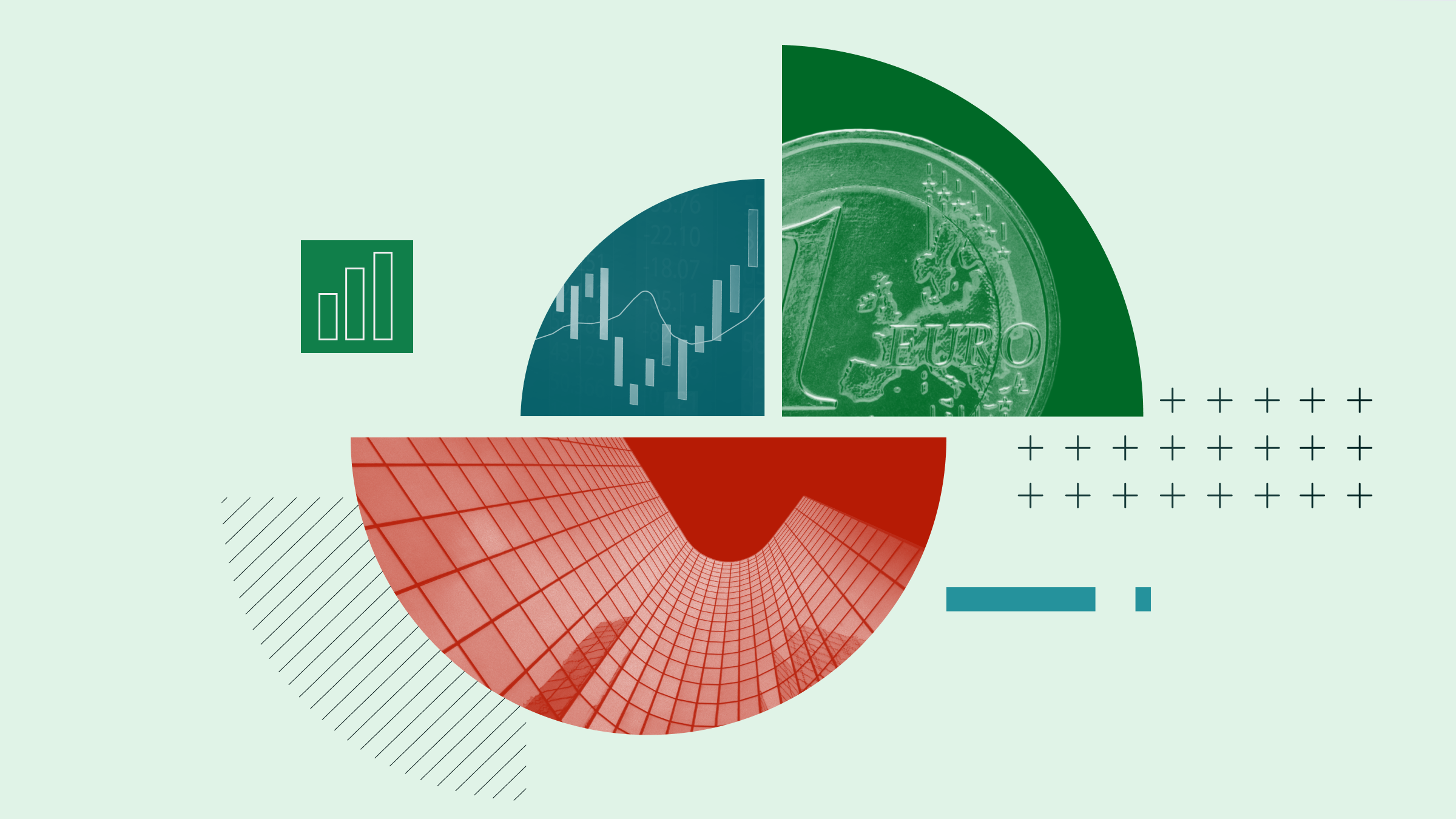Emma Wall: Hello, and welcome to the Morningstar series, "Ask the Expert." I'm Emma Wall and I'm joined today by Morningstar Investment Management's Dan Kemp to talk about 10 years on from the Global Financial Crisis.
Hello, Dan.
Dan Kemp: Hello, Emma.
Wall: So, this week, Wednesday in fact, marks 10 years since the fall of Northern Rock. I was working in Victoria at that time and I remember on Victoria road people were queueing up to get their money out of Northern Rock. But before the bank crashed, sentiment was pretty positive. We had no idea that around the corner disaster was about to happen. And there are similarities with that sentiment with how investors are feeling now, aren't there?
Kemp: Well, that's absolutely right. And I remember it well as well. And we have to remember that was the first bank run in the UK since Victorian time. So, it was a very, very unusual event. But it tells us that you not only don't know what's around the corner when bad things are happening, you don't know what's around the corner when anything is happening. That's why forecasting doesn't really work in investment.
But you are right, there were similarities to where we are now. Asset prices were quite high. Certainly, people were concerned about what was happening in the credit market. And now, we are also concerned about overborrowing in some areas. People were generally positive about the outcome for the economy. So, there were some similarities. But that's not to say that just around the corner we have a similar event. It was very unusual. But you shouldn't be surprised by whatever is around the corner. We must remember that investment is ultimately a long-term game. You have to look through whatever is around the next corner and really look at the long-term return expectations.
Wall: Looking at the long-term return expectations, I think that's a good point you make. No, we're not saying that the crash is imminent and a lot of the regulation that's been put in place over the last 10 years will stop the banking crisis that we saw repeating itself. But valuations can be an indicator of future returns, can't they? And at the moment, they are looking very stretched?
Kemp: Valuations are the best indicator of future returns. You're absolutely right. There's great historic analysis to show that high valuations predicate poor future returns and greater drawdowns. And so, as we look at valuations at the moment, you're right, almost across the board, they look very high. There are some pockets of low valuations still or some pockets of high expected returns, to put it a different way, but there is not many of them.
And so, as we look forward, you really have to think that there are two options. One is that we will have low expected returns, unusually low expected returns, over the next 10 years or that this time it's different. And it's really up to every investor to make that decision about whether they believe that this time we are not going to have that same sort of cycle or, and this would be our view, that we will continual cycles. And at the moment, assets are expensive.
Wall: And let's say that you're right. As Gordon Brown famously said he wanted to put an end to boom and bust and then promptly there was boom and bust. We're booming again now, but it might not last long. If you are an investor who agrees with that stance, what can you do to protect yourself from the next bust?
Kemp: Well, there's really two things that you can do as an investor. A genuine investor rather than someone just playing in the market, there's two things that you can do. One is that you could reduce your exposure to these expensive assets. That's what a value investor would do. But if you are going to do that, you need to remember two things.
One is that most people don't do it successfully. Even if they take the money off the table at the right time, normally your own behavioral biases will stop you putting money back in at the right time. It's very, very difficult to be a contrarian, especially when the entire market is running hard in the other direction or at least appears to, even if it's not in reality.
Or you can just look through these low returns, sit back as a long-term investor. If you have a 20, 30-year investment horizon, you can really focus on that endpoint. And over that endpoint, you are likely to be fine. So, it's really only people with shorter-term investment horizons that need to be the most concerned, or people that really think that they would be able to both get out of the market at the right time and get back in. Or have an investor or an advisor than can help you do that.
Wall: Dan, thank you very much.
Kemp: Thank you.
Wall: This is Emma Wall for Morningstar. Thank you for watching.

















